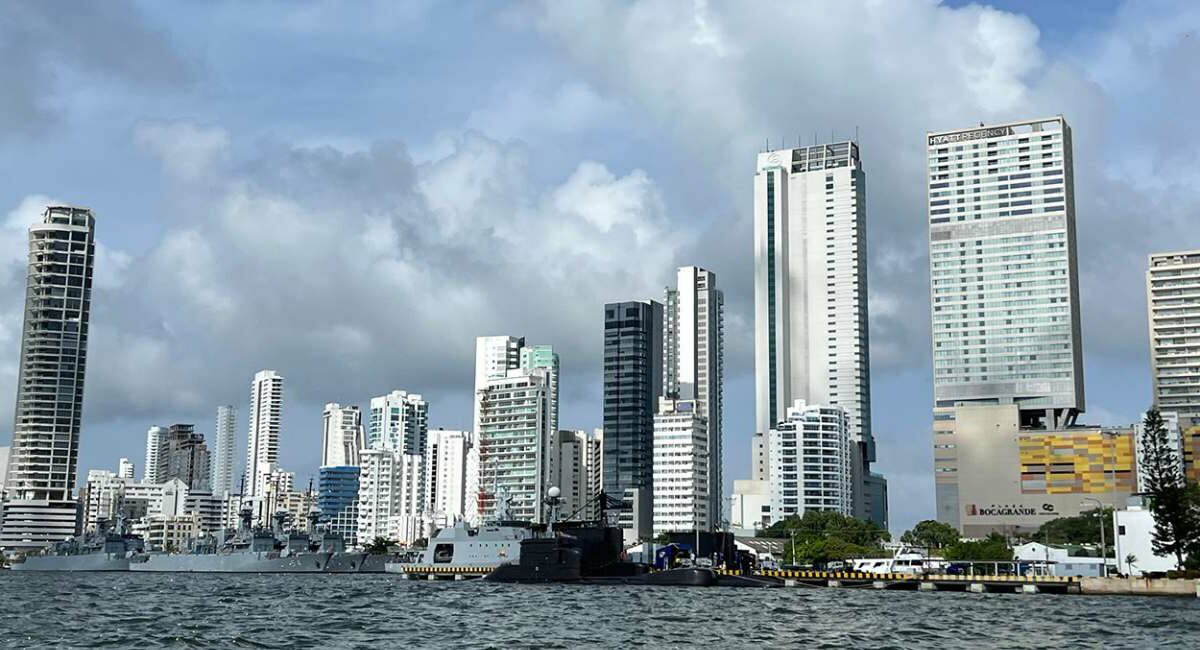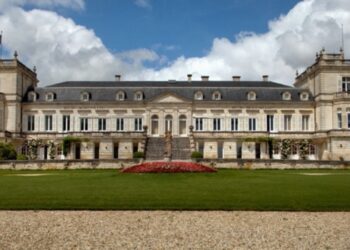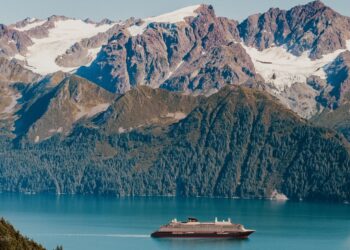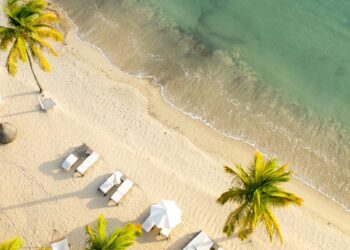Walking through busy central Bogotá, our tour guide stopped in front of an enormous Colombian flag waving in the breeze as he pointed out details on a nearby mural.
“Is there any symbolism behind the colors in the Colombian flag?” asked one of the Americans in our small group.
“Well, it depends on who you ask,” he said. “Schoolchildren here are told that the colors, top to bottom, of yellow, blue, and red stand for the gold in the Andes, the two oceans that Colombia straddles, and the blood spilled in creating the country.” He paused for dramatic effect. “But many say that it really came from a woman that the designer of the flag was in love with — it’s simply her blond hair, blue eyes, and red lips.”
We found that playful sense of charm throughout this South American dynamo of a country. And at almost three times the size of California, there’s plenty to explore here for all sorts of travelers — from couples to families, queer travelers, adventure seekers, or those looking for a perfect tropical beach. Following are three reasons my husband and I fell in love with this magical country on a recent trip.
Bogotá’s Big Charms

The country’s capital city sits at more than 8,500 feet elevation in the Andes, and at 8 million people, it’s said to be the largest highest city in the world. And we found over and over again that they seem to like going large here. Make sure to plan a dinner at popular local steakhouse Andrés DC. What started as a roadside stand in the 1980s has blossomed into a huge, multi-level restaurant that seats more than 3,000 diners at a time. The vibe here is a chic industrial one, and each of the six floors feels like its own party. In addition to the excellent food, closed circuit TVs show the seemingly constant live entertainment that’s happening in different areas of the restaurant.
Queer travelers will be delighted to discover the city’s gay neighborhood, Chapinero, and its impressive centerpiece, Theatron, said to be the largest LGBTQ nightclub in the Americas. As if trying to one-up Andrés DC, Theatron (a former theater) can host some 4,000 revelers in its own multi-level space. What’s fantastic about this club is that there’s something for everyone, with segmented areas on each floor, each with its own flair. There’s a rooftop courtyard area for the younger crowd, a romantic café, neon-lit bar spaces, and plenty of dance floors.

For a decidedly different feel, Zipaquirá’s Salt Cathedral is a world-famous underground Roman Catholic church that’s less than an hour’s drive from the center city. Constructed within the tunnels of a salt mine, and more than 650 feet underground, visitors wander through dramatically lit Stations of the Cross on the way to the central cathedral space, which is hauntingly lit and breathtaking to experience. Other impressive features here include the Salt Dome ceiling and the Mirror of Water, which will play with your sense of perception.
Where to Stay – Four Seasons Casa Medina Bogota. Housed in a landmark, circa 1946 building, designed by Colombian artist-architect Santiago Medina Mejia, this elegant hotel is close to the gourmet Zona G district. Rooms feature beamed ceilings, hand-carved wooden furnishings, and fireplaces.
Enchanting Cartagena

Everything about Cartagena is magical. This city is an intriguing blend of old and new — sometimes evocative of places as disparate as San Juan, New Orleans, and Miami — and it will keep you guessing. Wander through the walled Old Town, referred to as El Centro, and it’s a joy to get lost on the twisty cobblestone streets. You’ll pass by restaurant upon restaurant, each seemingly more enchanting than the last. There is great shopping here, as well as great eating and drinking, and the exchange rate heavily favors American tourists. Expect to have a great dinner and a glass of wine for around $20 a person or less. Taxis and Ubers are incredibly cheap, as are accommodations. The flip side of the city is the long L-shaped peninsula that extends off El Centro called Bocagrande. Gleaming white 40-story towers reminiscent of south Florida line the strip across popular sunbathing areas like Hollywood Beach.
Where to Stay: A popular option here is to rent an Airbnb like this old-school Cartagena retreat, near the cobbled streets and historic churches of El Centro. Palms and pergolas cover rooftop living and dining areas, while vines trail along courtyard walls and pool. Dark wood, high beamed ceilings, and tiled floors speak to the home’s colonial-architecture roots.
A Diversity of National Parks

Colombia has an impressive set of national parks, nearly 60 in all, which range from beautiful coral reefs to the Andean peaks. We were able to experience three of them in a 10-day trip.
Chingaza National Park, located a two-hour drive east of Bogotá, is a combination cloud forest and rainforest, and home to 60 species of mammals, 1,300 species of plants, and 500 species of birds. This paramo ecosystem is the source of almost all of the water in the region, supplying the nearby capital, as well as the Orinoco River. The park limits daily visitors to about 40 per trail, due to the fragile nature of land. We hiked at just over 11,000 feet in elevation, and the constant drizzle added to the otherworldly feel here. Look for the local plant called puya — while you likely won’t encounter the resident spectacled bears, you’ll find evidence of them if you see mangled white cores in the puya; the bears love to devour the pineapple-like plants.
Tayrona National Park is located on the country’s Caribbean coast, near the mid-sized beach town of Santa Marta, reachable by direct flights from Bogotá. Here, you’ll discover wild, deserted beaches as well as miles of trails through the jungle, populated with monkeys, sloths, lizards, and countless species of birds. For those who want to experience the park in a more laid back manner, multiple tours leave Santa Marta by boat, stopping at numerous park beaches in a single day, to allow sunbathing and snorkeling in these unspoiled stretches of sand.
The Islas del Rosario National Park is a popular — and easy — day trip for tourists visiting Cartagena. Comprised of 28 islands in all, these sun-drenched jewels of the Caribbean offer crystal-clear water, snorkeling and diving opportunities, canoeing through mangroves, or just a day on a beach chair sipping a tropical cocktail. The hour-long boat ride from the center of Cartagena to Isla Grande, the largest island in the chain, is almost as scenic as the destination itself.
Where to Stay: Hotel San Pedro de Majagua, which offers day trips to the park: transports you, feeds you a fantastic outdoor lunch, assists in organizing your activities, and can even arrange massages.
Featured image courtesy of Paul Heney
(Travel Curator may earn a commission from booking links on this page)







